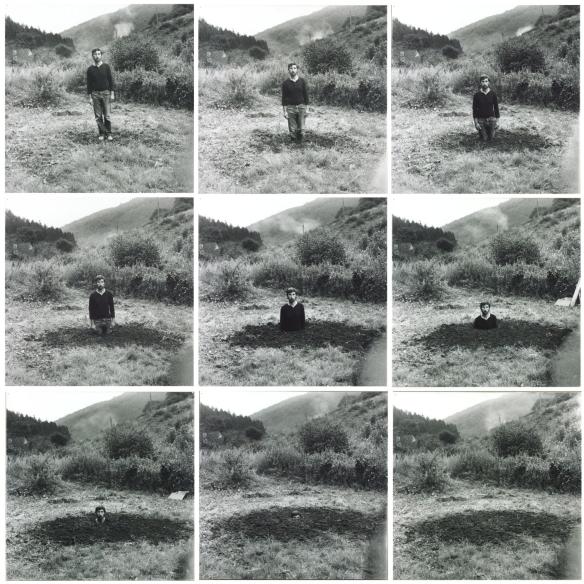more research:
When you look at the buildings and spaces that surround your neighborhood, do you ever feel compelled to photograph and immortalize the scene, or do you see just another mundane landscape? For British photographer Tom Westbury, anything and everything has the potential to become a valid, interesting photograph.
What Places Tell Us About People
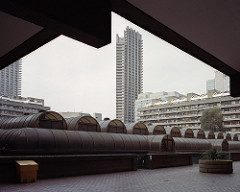 Really like this photographers work, he is using film, after constantly trying to make digital files look like film. Something I do quite a lot!
Really like this photographers work, he is using film, after constantly trying to make digital files look like film. Something I do quite a lot!
This particular photo called untitled, City of London, 2017 caught my eye for it’s composition and framing. However, whilst they are great shots, I’m not sure they show connection between the him and the environment.
This type of photography is called “New Topgraphics”,
New topographics was a term coined by William Jenkins in 1975 to describe a group of American photographers (such as Robert Adams and Lewis Baltz) whose pictures had a similar banal aesthetic, in that they were formal, mostly black and white prints of the urban landscape. Bernd Becher and Hilla Becher. Pitheads 1974.
www.tate.org.uk/art/art-terms/n/new-topographics
Tom’s photos are in colour, but most are very muted
don’t think this is useful for this brief, as I don’t want to create banal photos, I want to show connection and maybe the impact the environment has on an individuals identity.
. . . . .
searched for : want to find more about photography which links people with their surroundings
this made me chuckle:
https://www.boredpanda.com/people-look-like-surroundings-camouflage-clothing/
. . . . . .
I also wanted to research more about National Geographic. Having watched a few on-line lectures from National Geographic photographers, I remember that many of them talk about the first photo in a series, being the ‘sense of place’ photo. I wanted to see if this concept would be something that I should incorporate into this set of photos
NG even have a competition about ‘sense of place’ – Recognizing excellence in enhancing sense of place and authenticity, including support for the protection of historical monuments, archaeological sites, cultural events, indigenous heritage and artistic traditions.
http://www.nationalgeographic.com/worldlegacyawards/winners.html#senseOfPlaceWinners
https://www.pinterest.co.uk/natgeotravel/sense-of-place/?autologin=true



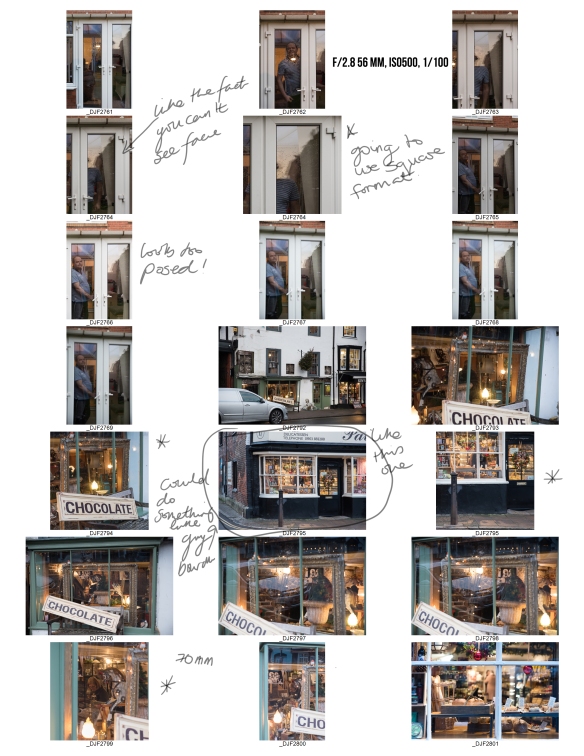

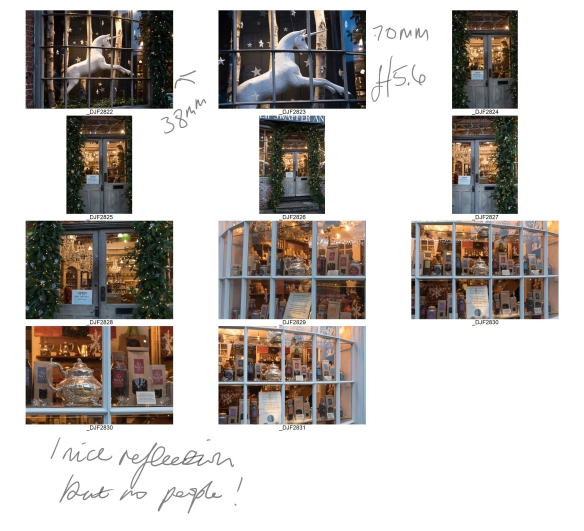
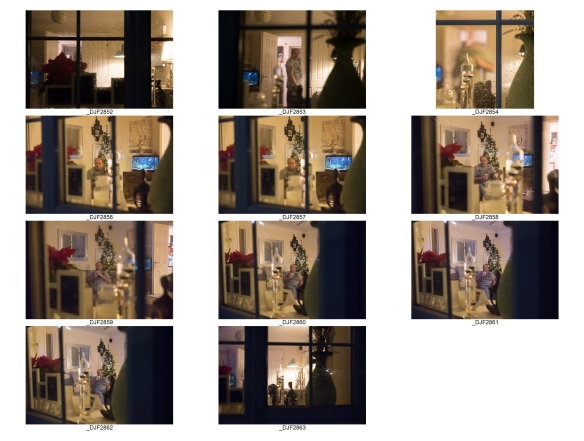











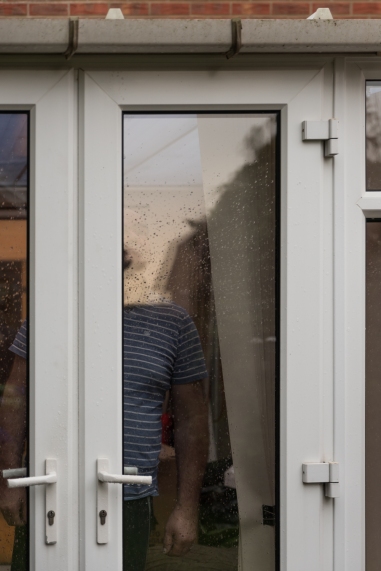
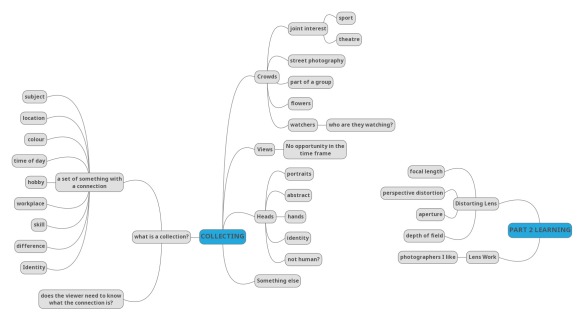






 Really like this photographers work, he is using film, after constantly trying to make digital files look like film. Something I do quite a lot!
Really like this photographers work, he is using film, after constantly trying to make digital files look like film. Something I do quite a lot!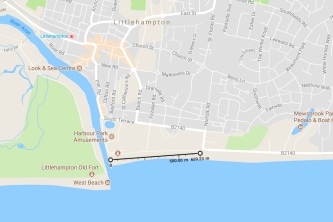
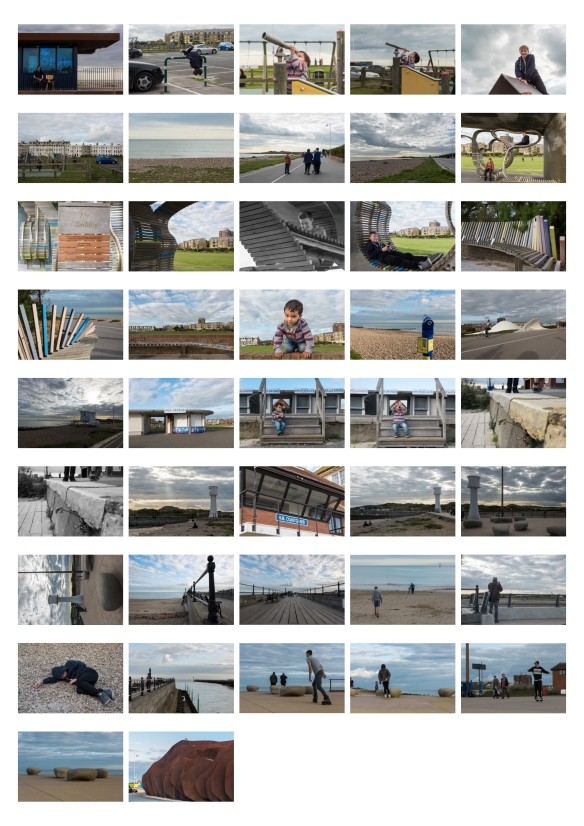 o do.
o do.